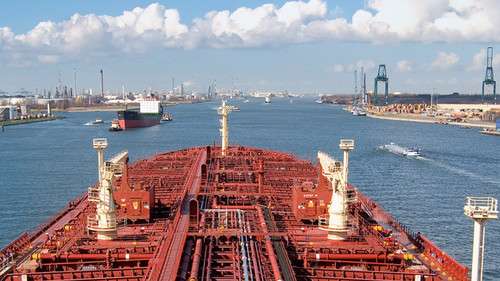FRX Polymers Opens First Full Scale Commercial Plant to Manufacture Halogen Free Flame Retardant Polymers
FRX Polymers ® today announced the opening of its Antwerp manufacturing plant dedicated to the production of halogen free polyphosphonate flame retardant (FR) plastics. The first full scale commercial plant will focus on supplying Nofia polyphosphonates FRX Polymers’ line of homopolymer, copolymer, and oligomer FR materials.
Nofia inherently flame retardant plastics and additives address the end-users’ need for more environmentally friendly and less toxic flame retardants. Nofia can be used to enhance flame retardancy with little impact onthe inherent characteristics of the targeted polymer or resin. In several engineering resin systems, Nofia retains transparency and enables processability. Nofia polyphosphonates increase the product developer’s
toolbox by providing flame retardancy with other desirable characteristics due to its polymer form. For example, Nofia polyphosphonates have demonstrated use in flame retarding biorenewable polymers and recycled fibers and plastics providing a good balance of properties.
The new plant will address the growing demand for Nofia products from multiple markets including electronic devices, lighting and fixtures, fiber for commercial textiles, automotive, aerospace and building and construction.
“The opening of the new plant strengthens our ability to supply global markets, significantly expands our manufacturing infrastructure and establishes production capabilities to meet increased demand for environmentally friendly alternatives to bromine-based FR products,” said Marc Lebel, FRX Polymers President and CEO.
Featuring state-of-the-art polycondensation technology, the new Antwerp facility features best available control technology enabling the reduction of emissions to the surrounding environment. “Being located on Bayer’s open chemical site in Antwerp means most of the basic components that FRX Polymers needs for the creation of its high-quality flame retardant plastics are produced just a few meters away,” mentioned Marc. “It’s vital that our manufacturing facility is in close proximity to our suppliers and in a central location to serve our global customers. This has a positive economic impact and is aligned with the environmentally responsible nature of our products.”
Categories
Investments
2012-03-22
at Port Of Antwerp (BE)Chemical substances
Countries
Companies
Latest news
INEOS launches €250m investment supported by the French Government to secure the future of French industry at Lavera
The project marks the first phase of a long-term regeneration plan to reduce emissions, boost reliability, efficiency and competitiveness, with support of the French State.
Hycamite’s technology to decarbonize shipping awarded AiP by industry leader DNV
Kokkola Industrial Park →Hycamite’s proprietary Thermo-Catalytic Decomposition (TCD) technology offers a new approach to producing clean hydrogen by breaking down methane, the primary component of liquefied natural gas (LN...
Clariant catalysts will power the Ecoplanta: Europe's first waste-to-methanol plant
Chemmed Cluster Tarragona →Repsol is building Europe’s first plant to produce renewable methanol from urban waste The facility will use Enerkem gasification technology to produce 240 KTA of methanol Clariant will supply cata...
Lilly plans to build a new $3 billion facility to boost oral medicine manufacturing capacity in Europe for patients worldwide
Netherlands site will bring 500 manufacturing and 1,500 construction jobs while further strengthening Lilly's global supply chain

